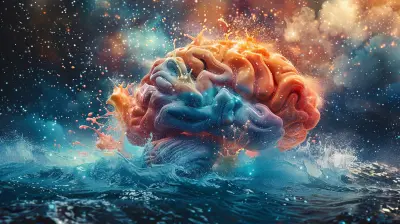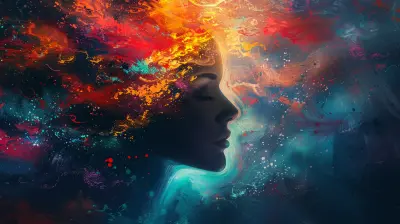Art Therapy: Healing Through Creativity
6 October 2025
Life can get overwhelming, can’t it? Whether it's anxiety sneaking up on us in the middle of the night, stress building from work or relationships, or simply feeling stuck—our minds need a safe space to process it all. Now, here's a question: What if I told you that picking up a paintbrush, molding clay, or doodling mindlessly could actually help heal your mind?
Sounds too simple? That’s the magic of art therapy. It's not about being a great artist—it’s about letting creativity open doors that words often can’t.
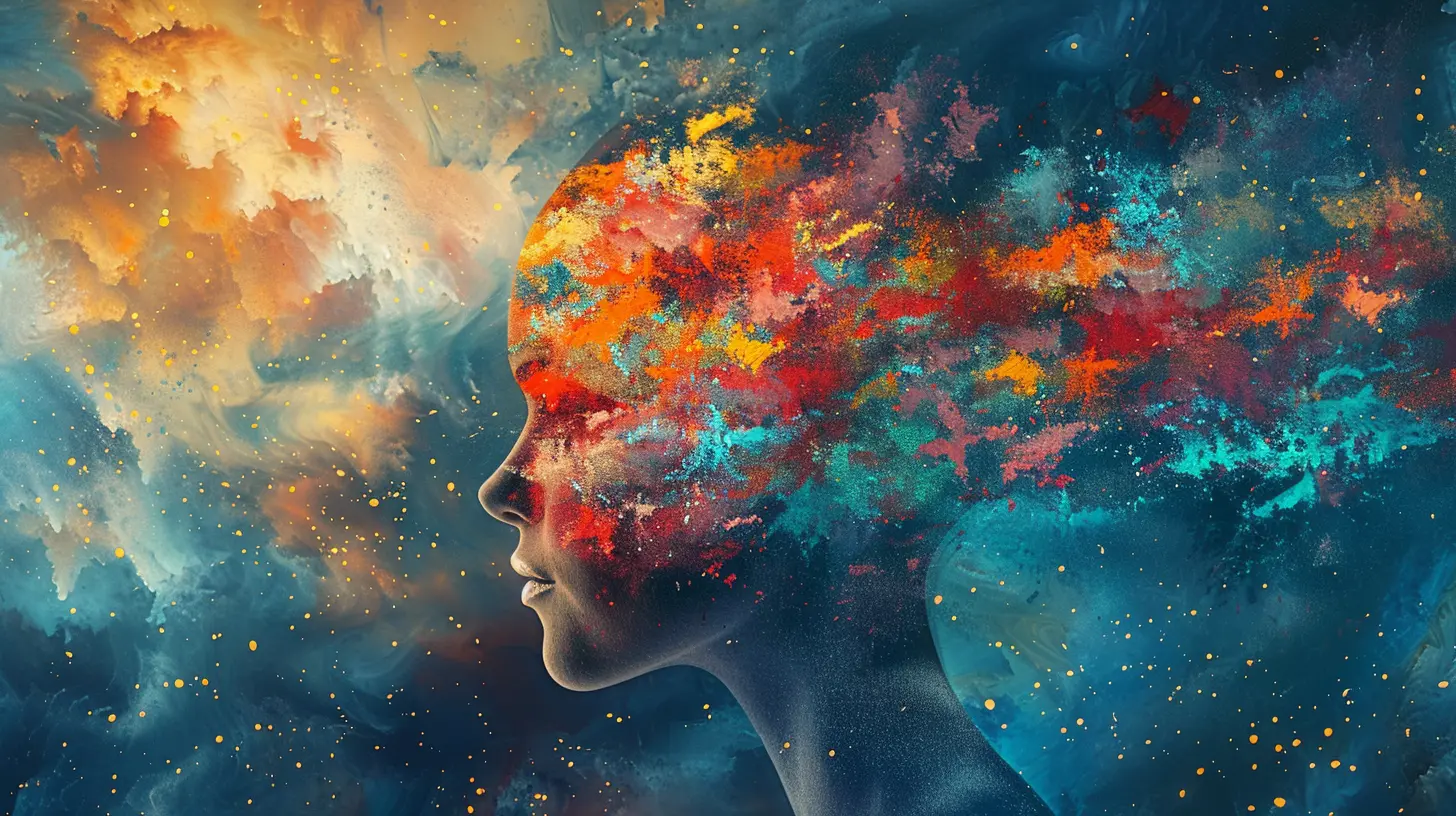
What Is Art Therapy?
Let’s start with the basics. Art therapy is a form of psychotherapy that uses creative activities—like drawing, painting, or sculpting—to help people express themselves and work through emotional or psychological issues. It’s led by trained therapists who guide individuals through the process, helping them tap into deeper parts of their minds, even those buried below the surface.Think of it like this: if traditional therapy is talking your way out of a mental maze, art therapy is painting your way through it.
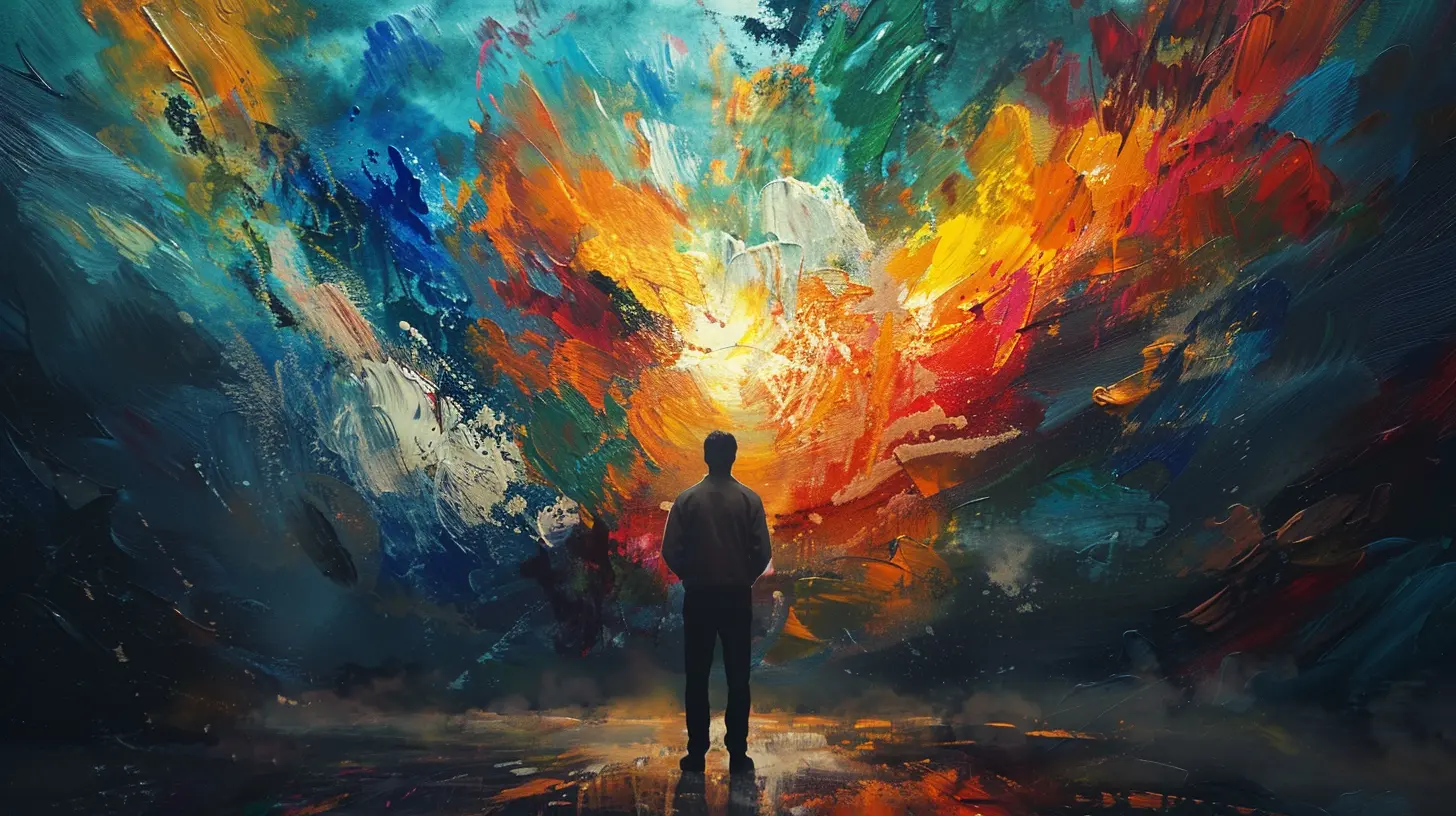
Why Creativity Matters for Mental Health
Remember how, as kids, we used to draw things before we could write? That's because creativity is a fundamental part of how we communicate and make sense of the world. It’s instinctive. And when we’re allowed to create freely, something magical happens—we connect with feelings and memories that may be too difficult to put into words.Art therapy uses this innate creative energy to support mental wellness. It unlocks a non-verbal channel of communication, making it particularly helpful for those who might struggle talking about painful experiences—like trauma, grief, or anxiety.
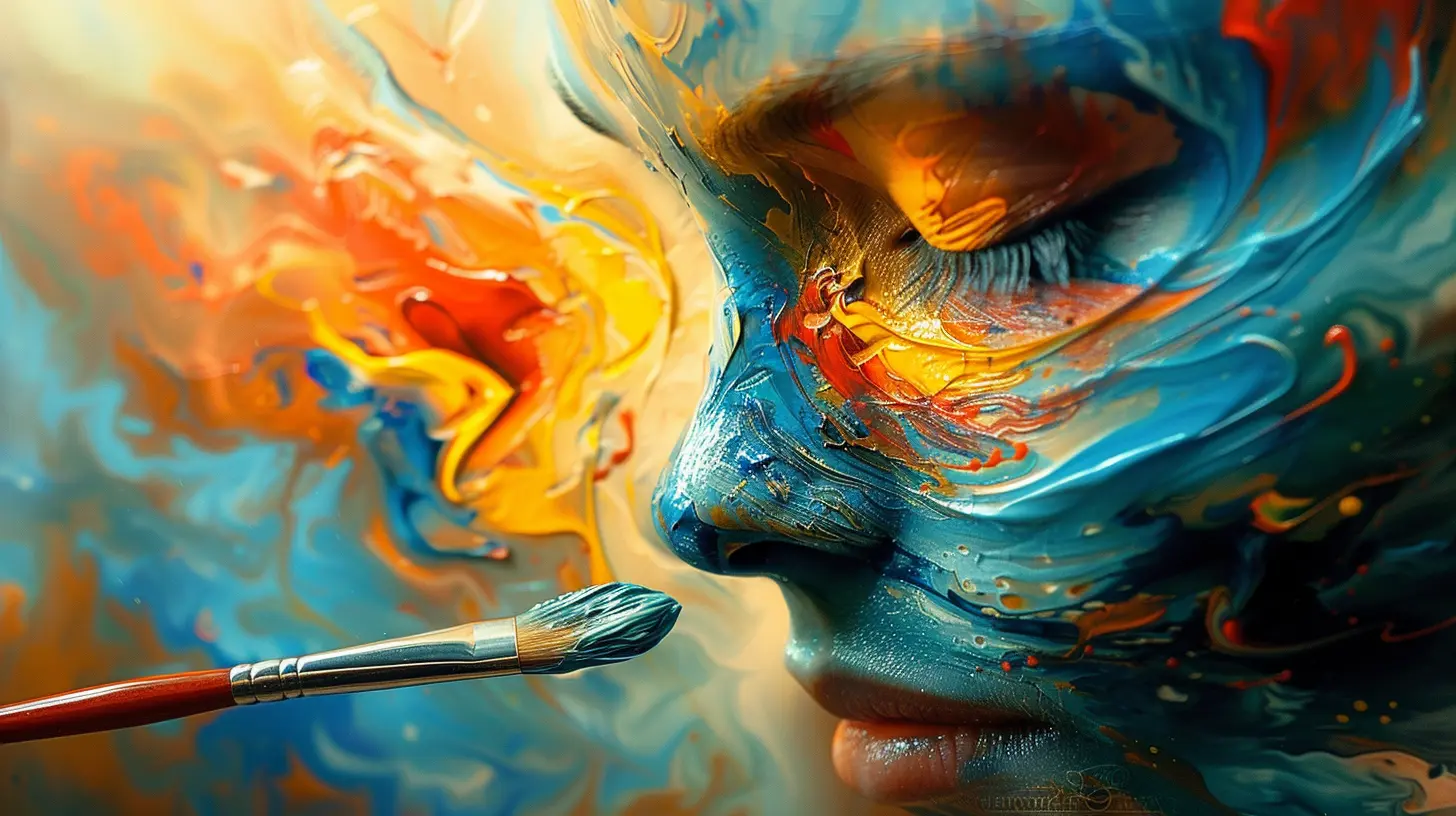
Who Can Benefit from Art Therapy?
Here’s the beautiful part: art therapy isn't exclusive to one group. It’s for anyone. Let’s break it down:- Children and Teens: Young people often lack the vocabulary to express complex emotions. Art gives them a way to 'talk' without speaking.
- Adults: Whether it’s stress, depression, or burnout, adults find art therapy a release valve for unspoken feelings.
- People with Trauma: Those who’ve experienced deep trauma—PTSD survivors, for instance—can begin to gently work through their emotions at a pace that feels safe.
- Elderly Individuals: Dealing with loneliness, memory loss, or physical limitations can be tough. Art becomes a bridge back to joy and connection.
No matter your age or background, creativity doesn’t discriminate.
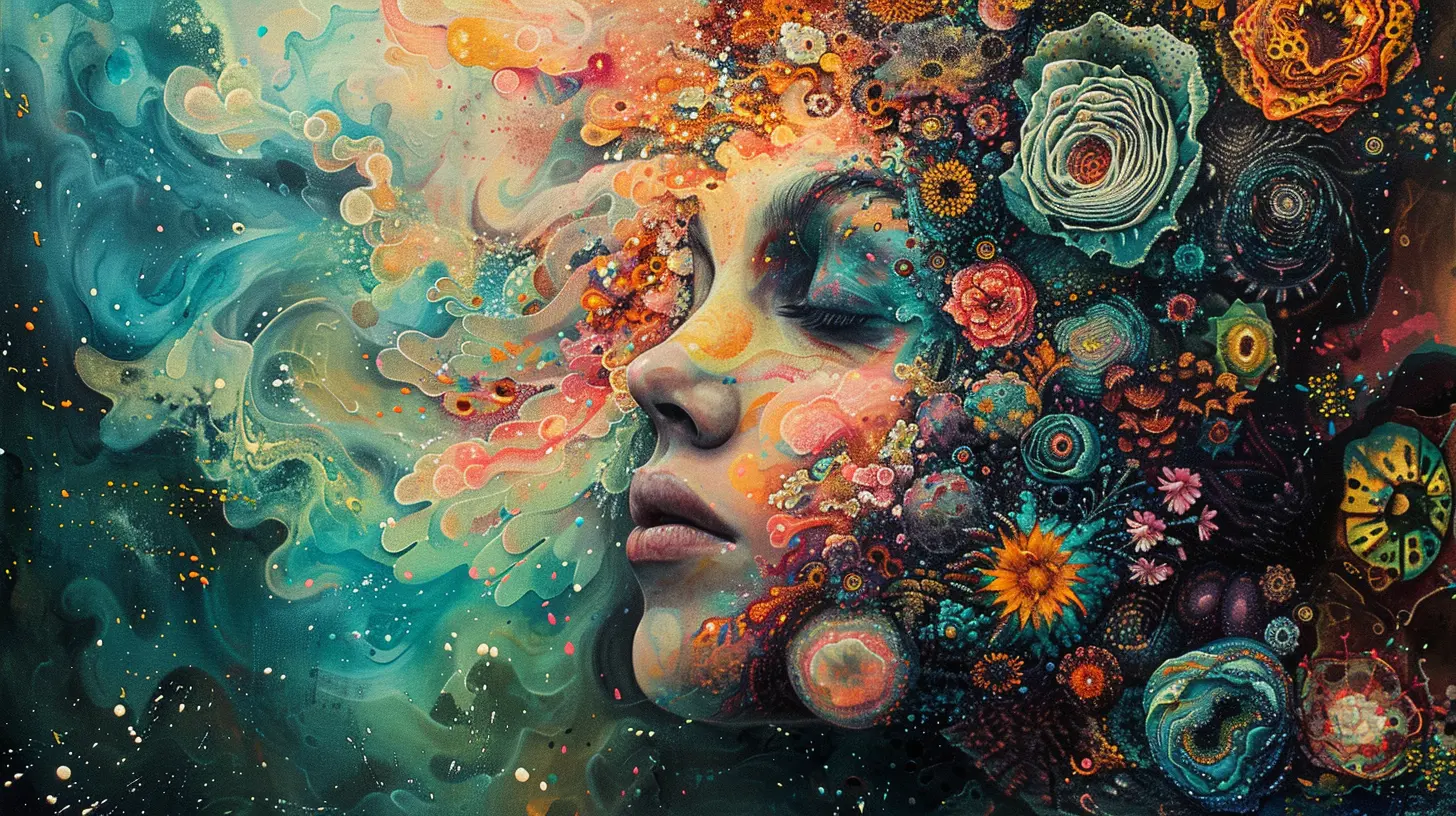
The Science Behind Art Therapy
You might be wondering—does this “art as healing” concept actually work? Surprisingly (or maybe not), yes. There's real science backing it.Engaging in creative processes has been found to lower cortisol levels (that pesky stress hormone), improve mood, and even reduce symptoms of anxiety and depression. Creating art activates reward pathways in the brain, releasing dopamine—a feel-good chemical we all love.
Neuroscience has shown that art therapy can help rewire the brain by forming new neural connections. This is especially powerful for trauma survivors, as it offers an alternative way to process memories without being re-traumatized by retelling them.
So yeah, it’s not just feel-good fluff. It’s brain stuff.
Different Forms of Art Therapy
Art therapy isn’t one-size-fits-all—there’s a wide palette of options to choose from. Depending on your personality and what you're going through, some approaches might resonate more than others.1. Painting and Drawing
This is the most popular form. With just some paper and color, individuals can express emotions, build self-awareness, and reflect on personal experiences. Ever heard of the phrase “color your world”? Here, it takes on a literal meaning.2. Sculpting and Clay Work
Touching and shaping clay can be immensely grounding. It brings you into the present moment—think mindful meditation, but with your hands in the mix. Plus, it’s an excellent emotional outlet for people who find it hard to verbalize their feelings.3. Collage and Mixed Media
Cutting, pasting, layering—it’s a metaphor in itself, isn't it? Collaging can help individuals piece together fragmented memories or emotions. It’s great for visual storytelling and gives immediate visual feedback.4. Digital Art
We’re living in the digital age, and art therapy has kept up. Digital platforms offer apps and tools for creative expression that can be especially helpful for tech-savvy individuals or those with physical limitations.5. Mandala and Structured Art
Some people find calm in structure. Designing or coloring mandalas (circular geometric patterns) has a meditative effect and is often used to reduce anxiety and stress.
What to Expect in an Art Therapy Session
If you’re new to this, walking into an art therapy session might feel a little awkward. “What if I draw badly? What does this even mean?” Well, here’s the truth: there’s no such thing as doing it wrong in art therapy.Sessions typically involve:
- A warm-up or grounding exercise
- A creative task set by the therapist (e.g., “Draw a safe space.”)
- Reflection and gentle discussion about the piece created
- Optional sharing on what emotions arose during the process
There’s no pressure to create a masterpiece. The focus is on the process, not the product.
Art Therapy vs. Just Making Art
You might be asking: “Isn’t this just like painting in my living room?” Good question.While personal creativity is incredibly therapeutic on its own, art therapy is guided by a trained professional who can help interpret, support, and encourage emotional insights. It’s like the difference between journaling on your own and working with a therapist—both are valuable, but they serve different depths of healing.
Art therapists are trained to recognize symbolism, non-verbal cues, and emotional patterns that might go unnoticed otherwise. They create a safe, judgment-free space where your inner world can unfold one brushstroke at a time.
Real-Life Stories That Inspire
Let’s bring it home with a few real-world snapshots:- Sarah, 29, battled severe anxiety after a traumatic accident. Words failed her. Through art therapy, she began painting her nightmares and turning them into hopeful landscapes. She said, “It gave me a voice again, one color at a time.”
- James, 14, struggled with bullying at school. In art therapy, he drew comic strips that dramatized his feelings. This not only gave him a much-needed outlet but also helped his parents and teachers understand the extent of his pain.
- Martha, 72, dealing with Parkinson’s and loneliness, found new joy and hands-on purpose through sculpting. “It brought my hands back to life,” she says with a smile.
These aren’t just niceties—they’re transformations.
How to Start Your Journey in Art Therapy
Feeling curious? Here’s how you can get started:1. Find a Licensed Art Therapist: Check directories like the American Art Therapy Association (AATA) or local psychology clinics.
2. Be Open, Not Artistic: You don’t need an art degree. You just need willingness.
3. Start Small: Not ready for a full session? Try simple art-based journaling or expressive doodling at home.
4. Pair It with Other Support: Art therapy works great alongside traditional talk therapy if you’re already in counseling.
Art as a Lifestyle, Not Just Therapy
Once you experience the healing potential of creativity, you may find that art slowly weaves its way into your everyday life. And why not?- Keep a sketchbook by your bed.
- Start doing “art walks” where you observe textures and colors in nature.
- Listen to music and draw how it makes you feel.
- Create "emotion collages" from magazine clippings when you're down.
Art becomes not just a therapy, but a friend. And in this messy, beautiful journey of life, who couldn’t use a creative companion?
Final Thoughts
Healing doesn’t always come in a straight line—or through spoken words. Sometimes, it spills out in bold colors, rough edges, and quiet brushstrokes. Art therapy reminds us that we all carry creativity inside us, and that it’s a powerful force for self-discovery, resilience, and transformation.So go on—pick up that pencil. Tear up some paper. Make something ugly. Make it yours. Let your soul speak in color. Because sometimes, healing begins when we stop trying to say the right thing and just start creating from the heart.
all images in this post were generated using AI tools
Category:
Therapy TechniquesAuthor:

Janet Conrad
Discussion
rate this article
1 comments
Trixie Snow
Art therapy isn't just a trend; it's a powerful tool for healing that transforms pain into profound creativity. Embrace it!
October 19, 2025 at 3:39 PM
